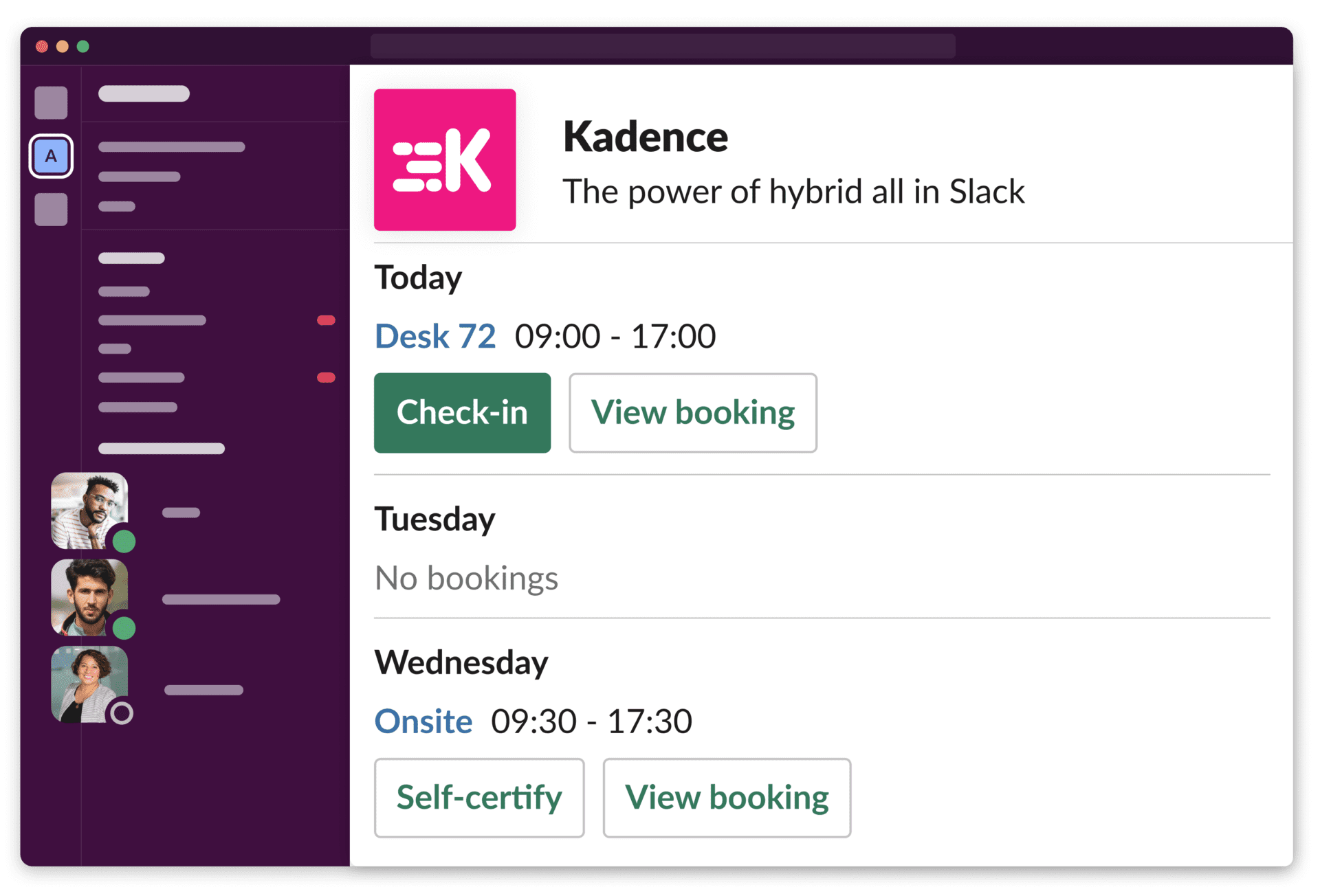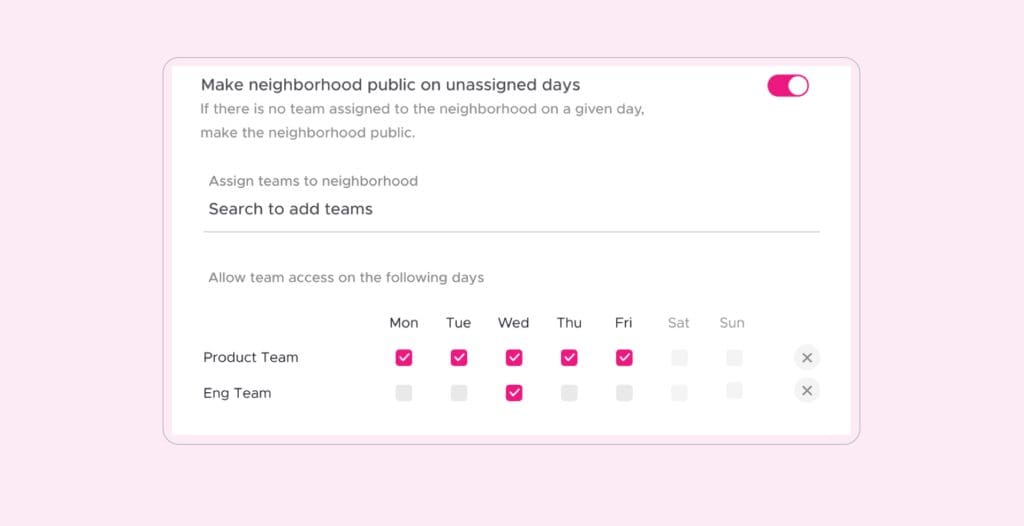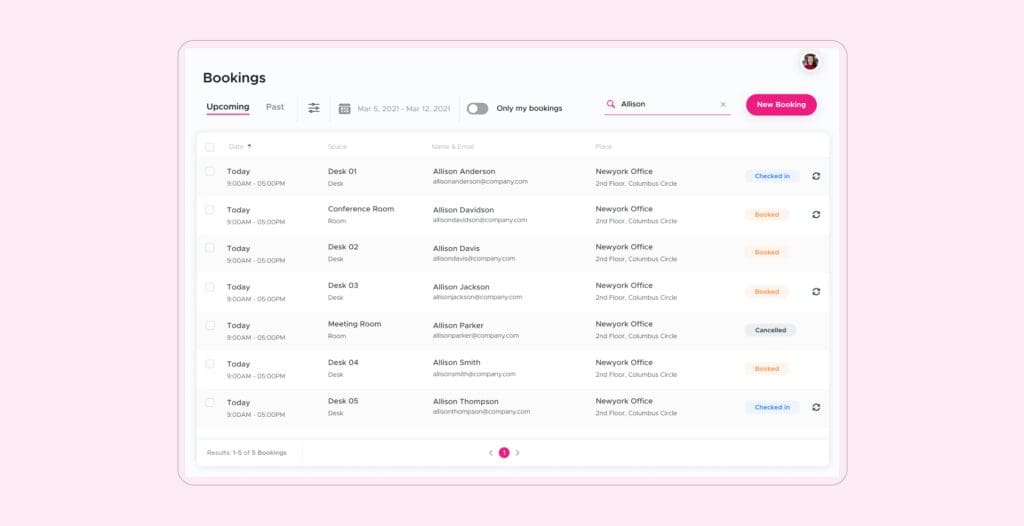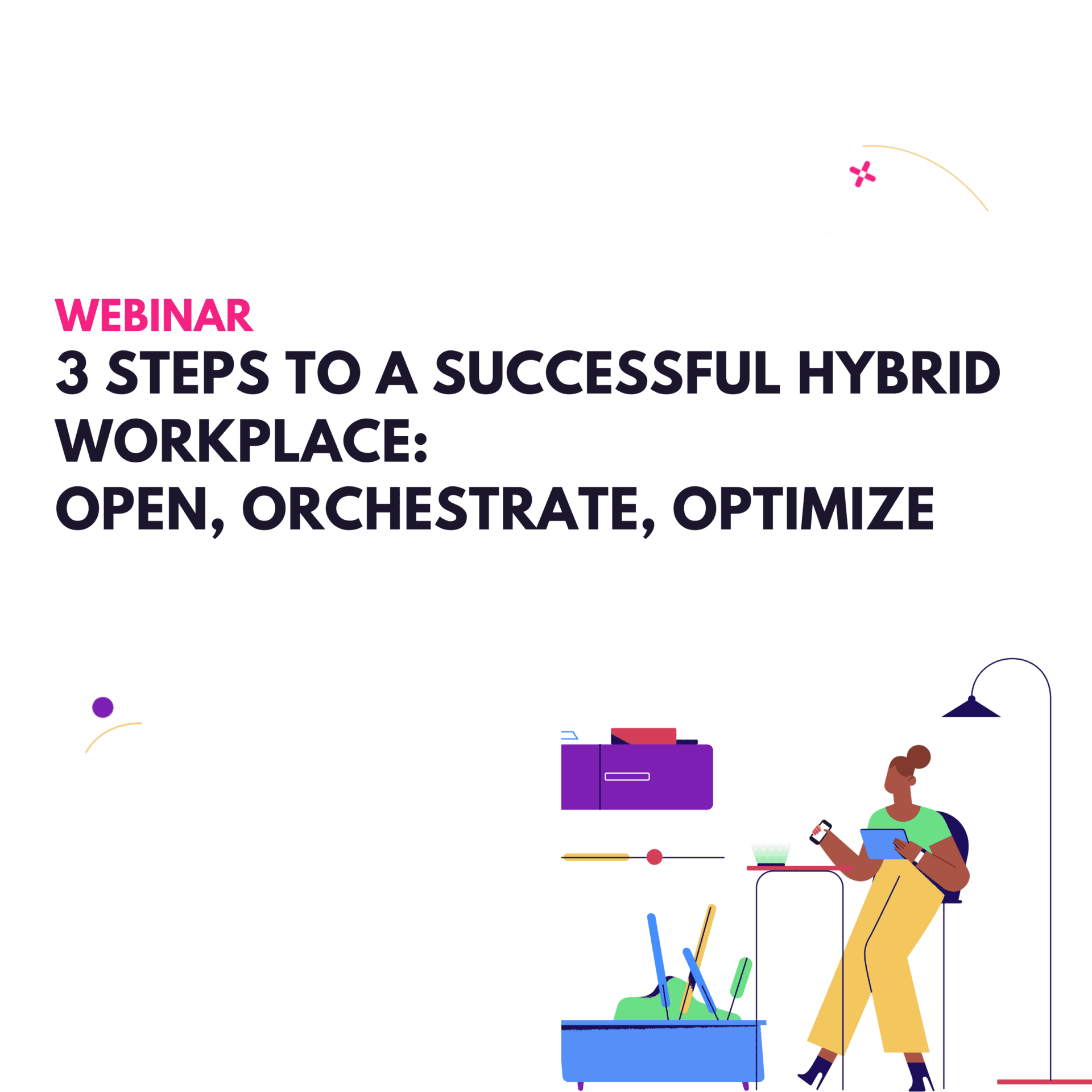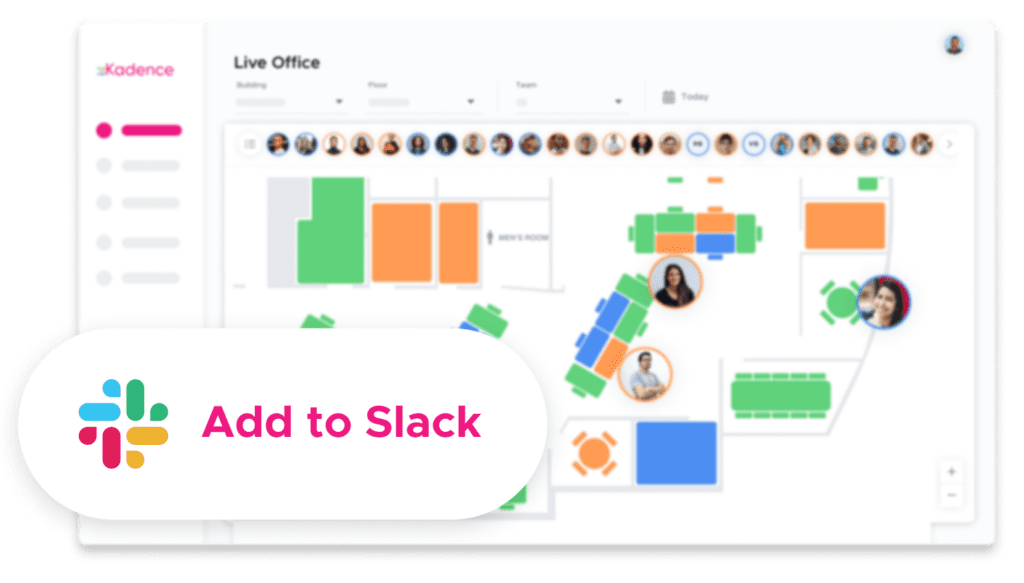
300,000. That is the number of Slack messages sent each second of every day. It’s powerful, and for Slack users, it’s the first application you open up to check your DMs, Threads, and Channels.
It’s no surprise, we all do it, and the reason why we do it is so we can stay completely in the loop. We desire to remain digitally connected as much as possible so we can plan, organize meetings, have an idea of what our teams are up to, and check out the various channels we’re involved in. In fact, ‘9 hours is the period an average user of Slack is signed in for.’
Think of it this way: If you’ve gone hybrid, and you use Slack as your digital ‘tech stack’ wallet for all of your tools, why not unlock the power of hybrid with Kadence too? You have it open all day anyway, and I’m telling you, it’ll make your life so much easier.
Here’s why:
The benefits of Slack Desk Booking
An easier way of checking in
Check-in notifications are a powerful weapon to wield so your team members never miss another booking. It also means you get cleaner booking data because more people remember to check into their bookings. Now with Slack, users get instant reminders of when their onsite, room, or desk booking begins allowing them to check in from wherever they are, straight from Slack.
All your tools in one place
People are more successful in their work when all of the applications they use are in one single place. For many, Slack is like the entryway to all of the tools your company uses day to day. In fact, those tools become even more valuable when they’re in Slack. That’s why Kadence makes hybrid working powerful for Slack users. Better yet, there’s zero setup, passwords, or training needed. Simply ‘add’ Kadence to your ‘Slack Workspace’ and enjoy the benefits of hybrid in one place.
Coordinate with your team
Slack is fantastic at keeping you in close connection with your teammates. You use it primarily to communicate and more often than not that includes talking about when you’re next planning on going into the office. There’s only one thing missing: An overview of your schedule. So after thinking about this, the Kadence team sat down in their secret laboratory and decided that Kadence users on Slack shouldn’t have to leave to go to another app to see their schedule or make a booking while they’re in the middle of making a plan with their teammates. They should stay right where they are. So that’s what we did, and the result is better than we expected. Users can now see an entire overview of their bookings for the week allowing them to check in, self-certify, and view each booking on any given day, all inside Slack!
Conclusion
Just like our existing integration with Microsoft Teams, Slack is an essential tool for bringing all teams and communication into one place. It makes sense to keep it that way. It also makes sense to unleash the strength of a hybrid working platform like Kadence inside the tool you’re already using without having to go anywhere else or download another app. It’s easy, effortless, and effective.
To find out how to unlock the power of hybrid through Kadence within Slack, book your demo here.
How many apps do you, and your teams use to get things done?

